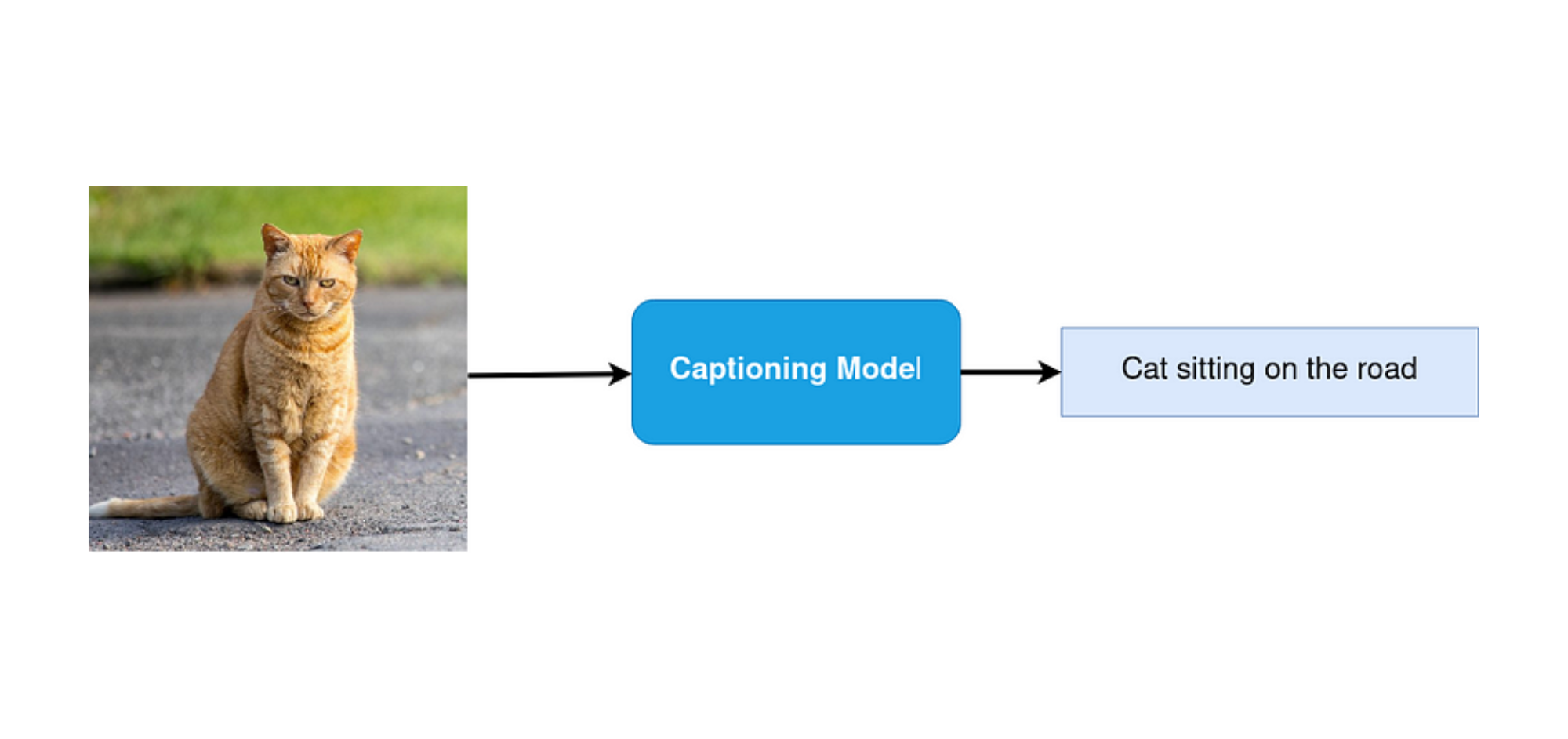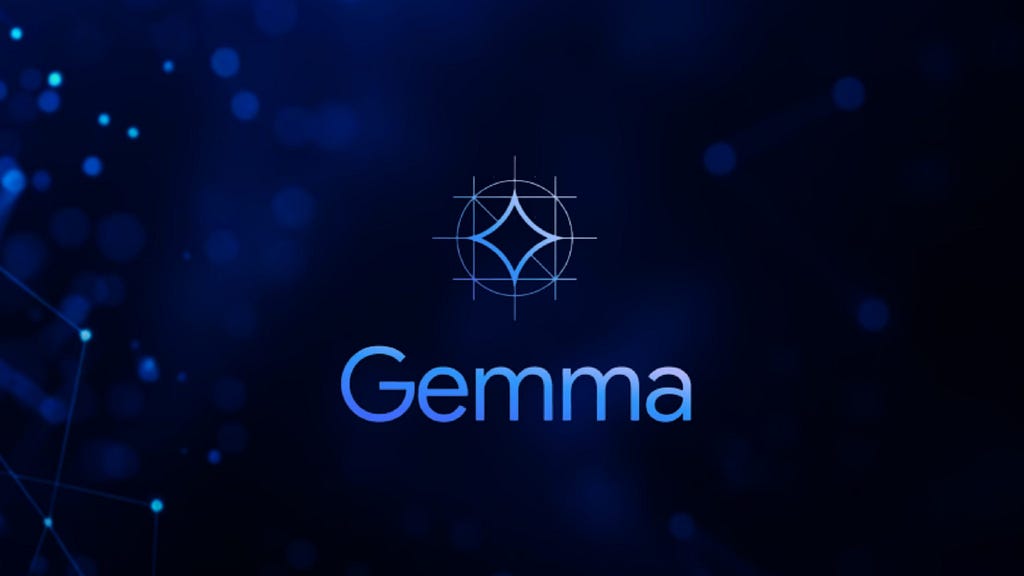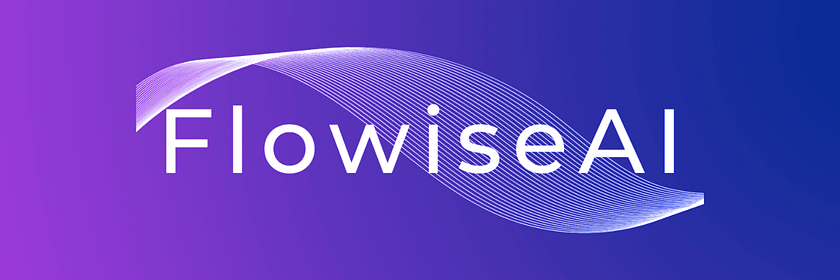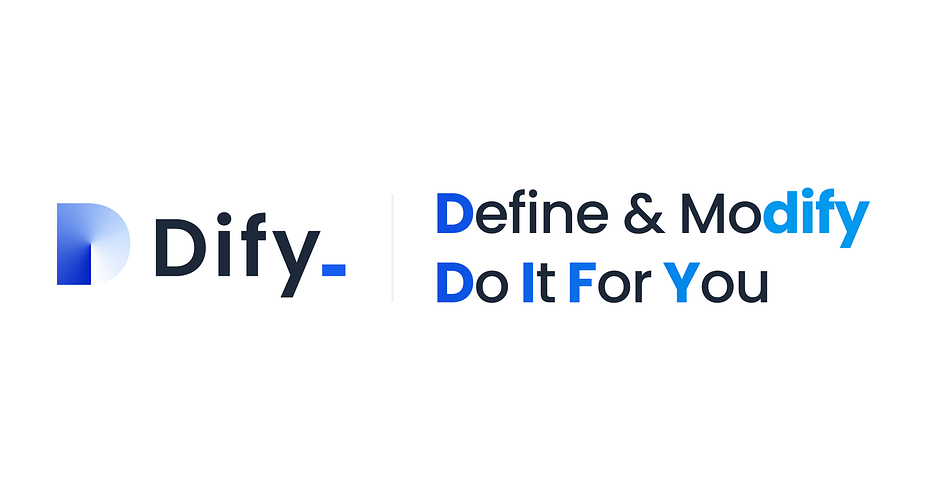
Everything You Need to Know About This Powerful AI Model

Everything You Need to Know About This Powerful AI Model

A tutorial from setup to implementation

Bridging the Gap Between Visuals and Language in AI

Bringing Advanced AI to Your Pocket

A Step-by-Step Guide to Creating Versatile AI Assistants Using OpenAI’s Assistants API

The Beginner’s Guide to Generating Images with DALL-E 3 in Python

Google’s Groundbreaking AI Model Explained Introduction In the rapidly evolving landscape of artificial intelligence, Google continues to stand at the forefront, consistently pushing the boundaries of what these technologies can achieve. One of their latest advancements, GEMMA2, represents a significant leap in AI capabilities. Let’s delve into the details of this new AI model by Google.

A step-by-step tutorial

A Comprehensive Guide

A Step-by-Step Guide to try Mistral models

A Comprehensive Guide to Quick Start and Practical Implementation